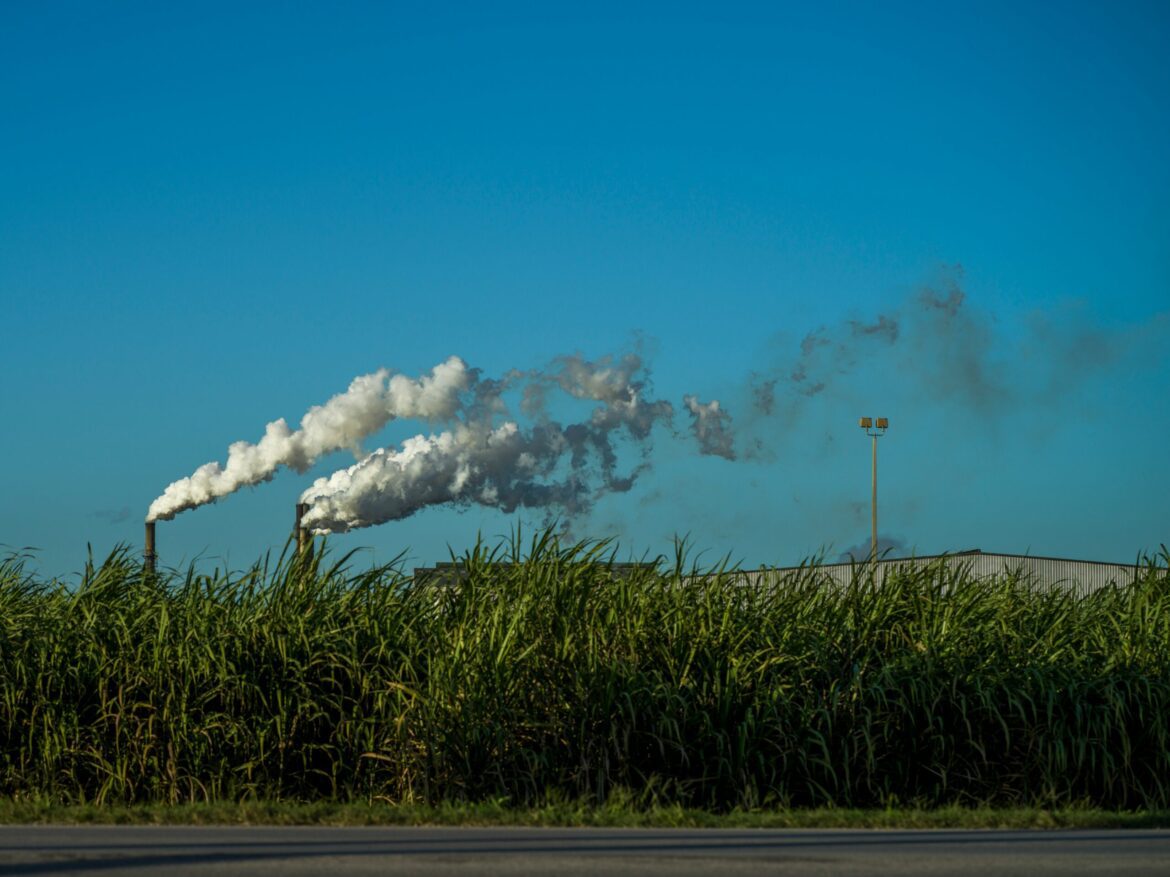In June 2022, the global energy landscape witnessed a significant shift as the United States granted authorization to European energy companies, including Italy’s ENI and Spain’s Repsol, to resume imports of Venezuelan oil. This decision was a direct response to the need for diversified energy sources following the disruption in Russian crude supplies due to geopolitical tensions and sanctions stemming from the conflict in Ukraine.
The U.S. move to permit these oil imports marked a departure from longstanding sanctions imposed on Venezuela, signaling a strategic pivot aimed at easing pressure on global energy markets. With oil prices surging and supply chains strained, this authorization offered a potential new stream of crude oil for European refineries, many of which had previously relied heavily on Russian exports. The easing of restrictions not only aimed to stabilize prices but also provided a temporary economic reprieve to Venezuela, whose oil industry has languished under years of sanctions and underinvestment.
While the oil import development garnered headlines, another major trend emerged in Europe: a surge in renewable energy adoption. According to data from energy think tank Ember, wind and solar power collectively accounted for over 25% of the European Union’s electricity generation in 2023. This rise in clean energy production marked a steady continuation of quarterly growth patterns, driven by increasing investments in sustainable infrastructure and governmental policies supporting green transitions.
The shift towards renewables also had environmental benefits. As energy systems moved away from natural gas, carbon emissions across the EU began to decline. This change was facilitated by both the growing presence of renewables and a general decrease in energy demand, partially due to economic slowdowns and energy efficiency initiatives.
In the financial sector, energy-focused exchange-traded funds (ETFs) stood out as top performers in 2022. The energy sector broadly outpaced other markets, buoyed by inflationary trends and strategic production cuts by OPEC+. Investors flocked to energy equities and commodities, seeking safe havens amid uncertain economic conditions.
Together, these developments in June 2022 reflected a dual-track evolution of global energy policy: short-term adjustments to maintain energy security through traditional fossil fuel channels, and long-term investments to transition toward cleaner, more sustainable power sources. As nations continue to navigate the complexities of energy geopolitics, balancing immediate needs with environmental imperatives remains a central challenge for policymakers and industry leaders alike.

